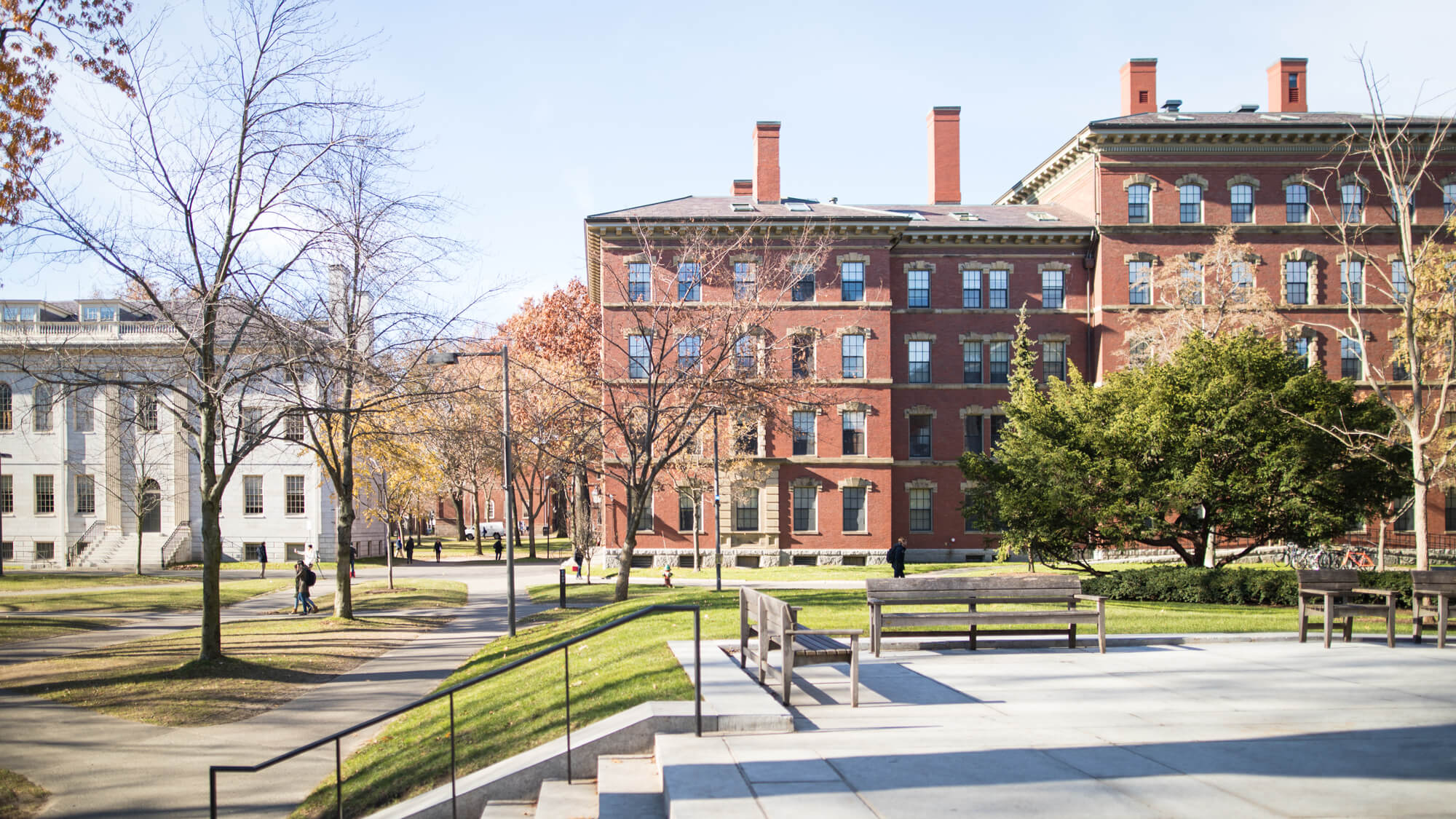At A Glance
Make no mistake: there is more to Princeton than white baseball caps. Princeton is an unabashedly undergraduate-focused university. While a powerhouse in the world of academic research, Princeton’s professors are renowned for their focus on teaching. The campus sits on a beautifully appointed 500 acres of gothic wonderment, and it also sits just a stone’s throw from New York City and Philadelphia. Even if you don’t indulge in one of Princeton’s aged eating clubs, life is good at Princeton University.
Important Dates
Singe Choice EA
11/01/2023
Regular Decision
01/01/2024
Admissions
Average SAT
1470-1600
Average ACT
31-35
Acceptance Rate
6%
School Details
Location
Princeton, NJ
United States
Admissionado Ranking
Very High
Employment Info
Admissionado Grade
A-Mean Salary
$144,750
Salary Increase
116%
Employment Rate
76.90%
Top recruiters
BCG, Fidelity, JP Morgan, McKinsey, UBS
Essay Analysis
What are schools really looking for in their prompts? We break it down with non-generic, non Chat-GPT-level, non-“basic” insights.
Learn MoreTrajectory Calculator
Compare your profile with others for a quick gauge of how you stack up today. But our tool goes a step further and peers into the future...
Learn More

